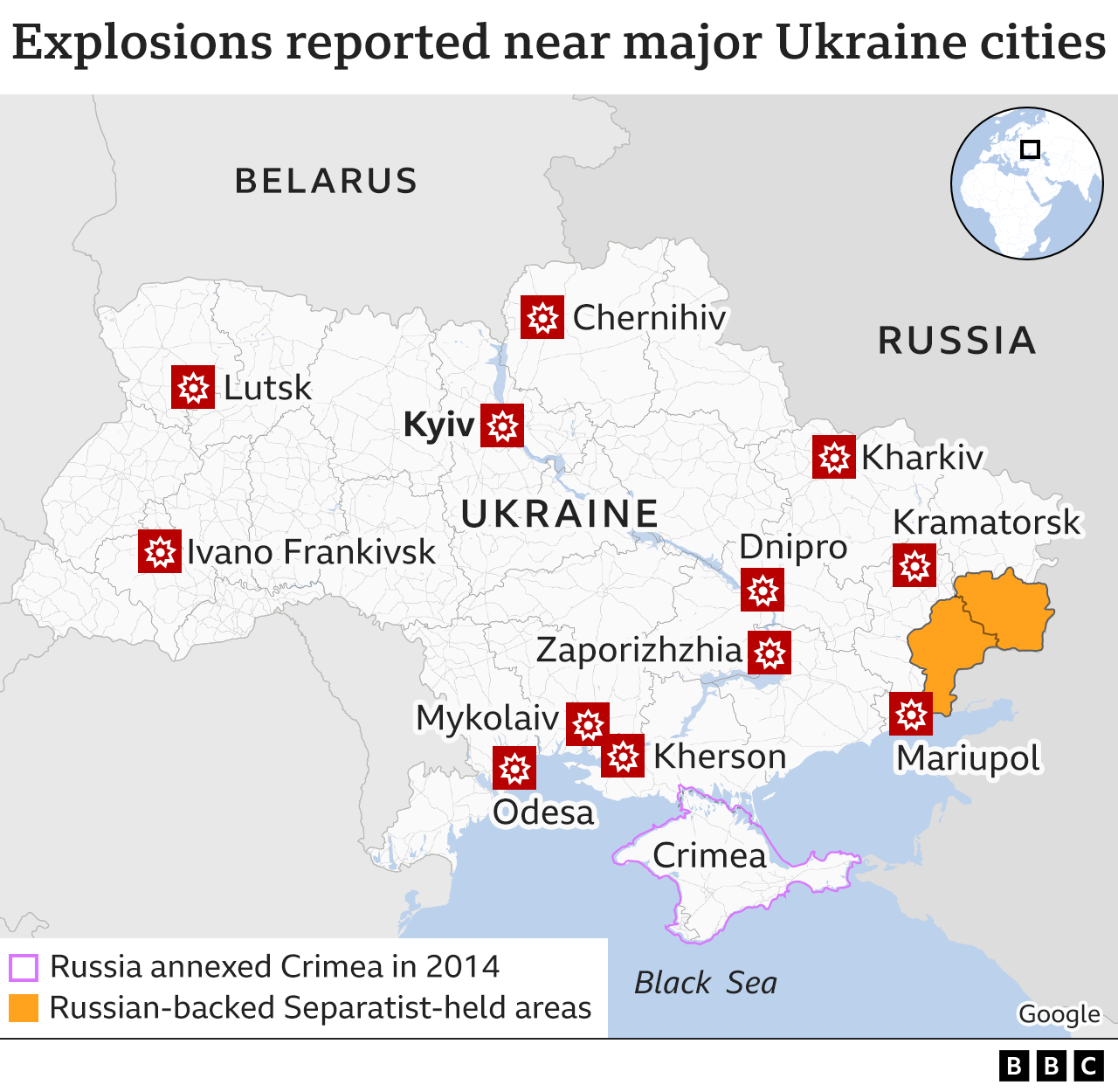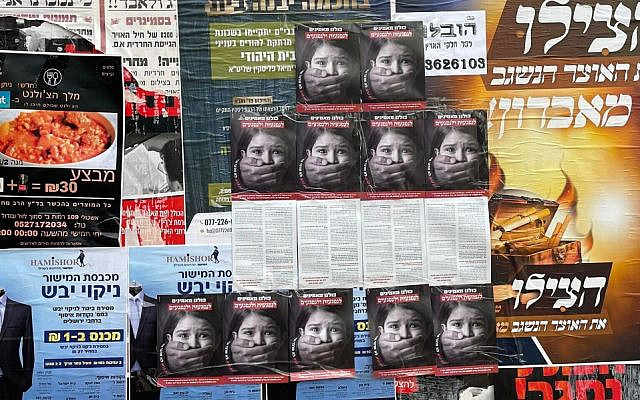How Putin Destroyed the Three Myths of America’s Global Order
Napoleon, Hitler, Stalin, Putin — every century gets dictators who strip away pleasant illusions about where the world is headed.
Every era has a figure who strips away its pleasant illusions about where the world is headed. This is what makes Vladimir Putin the most important person of the still-young 21st century.
Over the past week — and over the past generation — Putin has done more than any other person to remind us that the world order we have taken for granted is remarkably fragile. In doing so, one hopes, he may have persuaded the chief beneficiaries of that order to get serious about saving it.
Putin isn’t the first individual to give the “civilized world” a reality check. In the early 19th century, a decade of Napoleonic aggression upended a widespread belief that commerce and Enlightenment ideas were ushering in a new age of peace. In the 20th century, a collection of fascist and communist leaders showed how rapidly the world could descend into the darkness of repression and aggression. More recently, no one has smashed the intellectual pieties of the post-Cold War era as thoroughly as Putin.
We shouldn’t be surprised: In 2007, as Western intellectuals were celebrating the triumph of the liberal international order, Putin warned that he was about to start rolling that order back. In a scorching speech at the Munich Security Conference, Putin denounced the spread of liberal values and American influence. He declared that Russia would not forever live with a system that constrained its influence and threatened its increasingly illiberal regime.
He wasn’t kidding. At home and abroad, Putin’s policies have assailed three core tenets of post-Cold War optimism about the trajectory of global affairs.
The first was a sunny assumption about the inevitability of democracy’s advance. In the 1990s, President Bill Clinton talked of a world where democracy and free markets would “know no borders.” In 2005, President George W. Bush touted the ambition of “ending tyranny in our world.” Putin had other ideas.
He reversed Russia’s unfinished democratic experiment and constructed a personalistic autocracy. To see Putin publicly humiliate his own intelligence chief on television last week was to realize that the world’s vastest country, with one of its two largest nuclear arsenals, is now the fiefdom of a single man.
And Putin has hardly been content to destroy democracy in his own country. He has contributed, through cyberattacks, political influence operations and other subversion to a global “democratic recession” that has now lasted more than 15 years.
Putin has also shattered a second tenet of the post-Cold War mindset: the idea that great-power rivalry was over and that violent, major conflict had thus become passe. Russia has now waged three wars of imperial restoration in the former Soviet Union (in Ukraine, Georgia and Chechnya). Putin’s military used the Syrian civil war to practice tactics, such as the terror-bombing of civilians, that seemed ripped from earlier, uglier eras. Now Russia is prosecuting Europe’s largest conventional war in 75 years, featuring amphibious assaults, the aerial bombardment of major cities and even nuclear threats.
Violence, Putin has reminded us, is a terrible but sadly normal feature of world affairs. Its absence reflects effective deterrence, not irreversible moral progress.
This relates to a third shibboleth Putin has challenged — the idea that history runs in a single direction. During the 1990s, the triumph of democracy, great-power peace and Western influence seemed irreversible. The Clinton administration called countries that bucked these trends “backlash states,” the idea being that they could only offer atavistic, doomed resistance to the progression of history.
But history, as Putin has shown us, doesn’t bend on its own. Aggression can succeed. Democracies can be destroyed by determined enemies. “International norms” are really just rules made and enforced by states that combine great power with great determination. Which means that history is a constant struggle to prevent the world from being thrust back into patterns of predation that it can never permanently escape.
Yet here Putin has done the U.S. and its friends a favor, because that lesson is sinking in. A week of Russian aggression accomplished what a decade of American cajoling could not — a commitment by Germany to arm itself in a way befitting a serious power. Democratic countries around the world are supporting the most devastating sanctions campaign ever aimed at a major power; they are pouring weapons into Ukraine to support its surprisingly vigorous resistance.
Most important, Putin’s gambit is producing an intellectual paradigm shift — a recognition that this war could be a prelude to more devastating conflicts unless the democratic community severely punishes aggression in this case and more effectively deters it in others.
We’re in the early days of what could be a long, brutal war. Ukrainian resistance might crumble; Putin might make himself master of a much-expanded empire. But early indications are that he may be on the verge of a rude realization of his own: Robbing one’s enemies of their complacency is a big mistake.














/https://tf-cmsv2-smithsonianmag-media.s3.amazonaws.com/filer/67/4f/674fe480-4ca5-46ae-b782-001c89866763/1024px-drobitskiy_menora.jpg)








